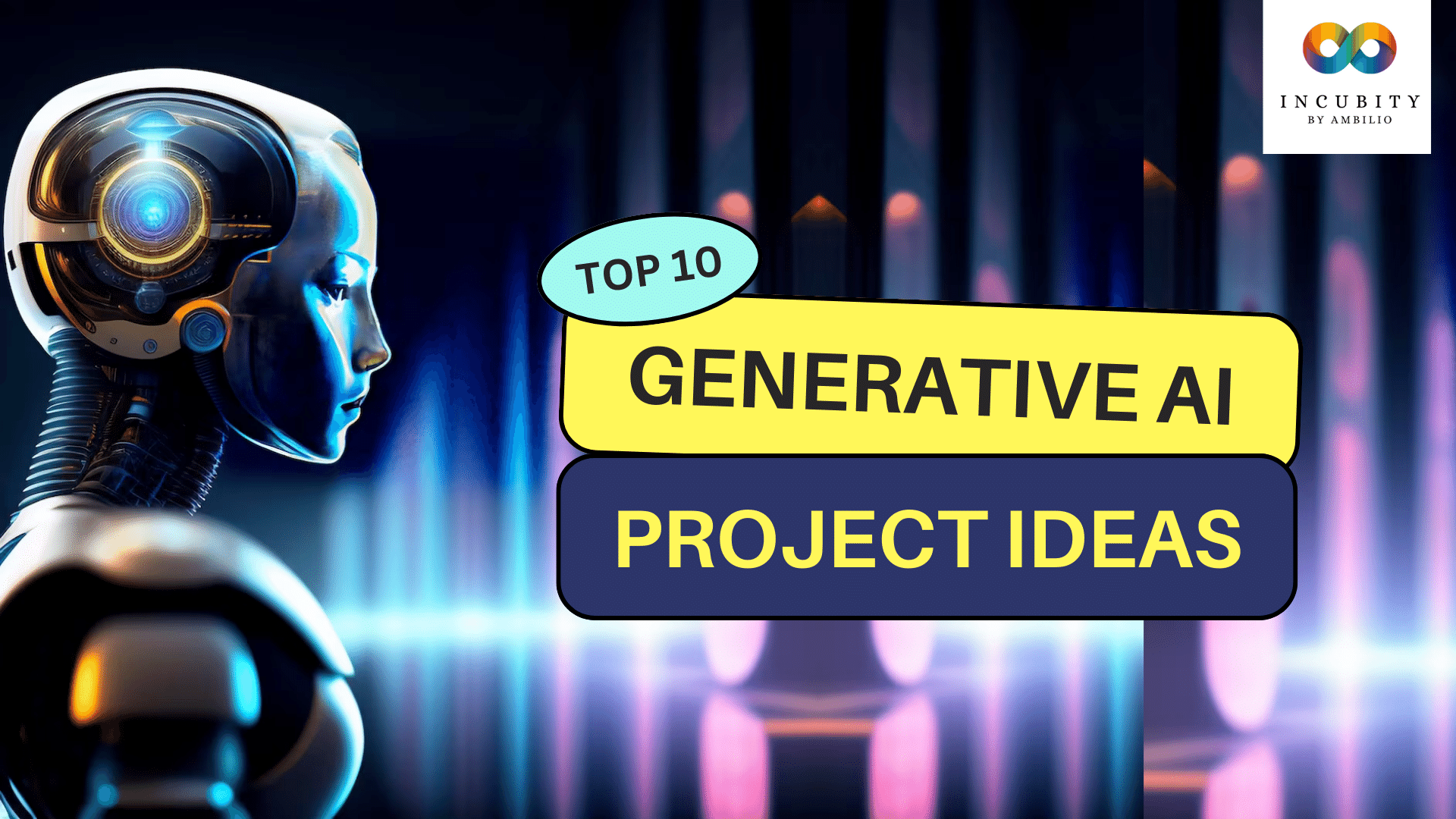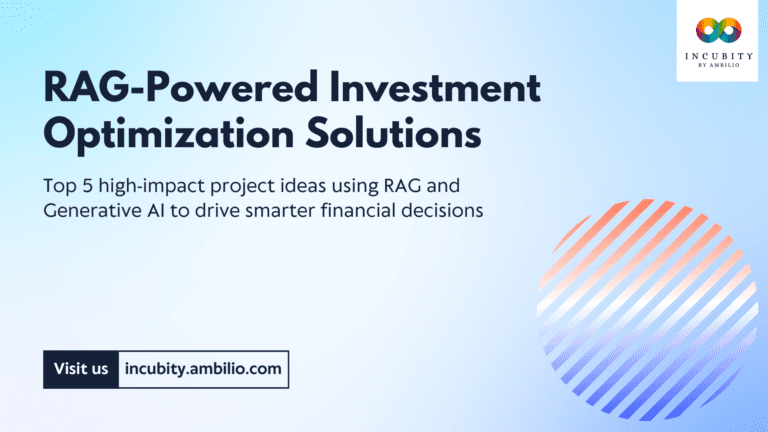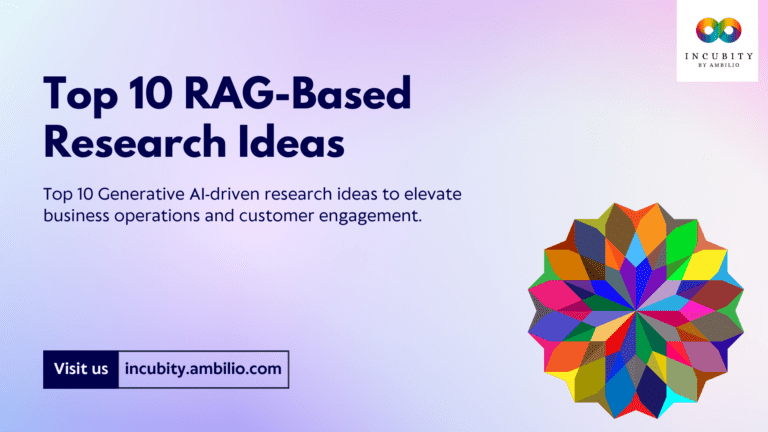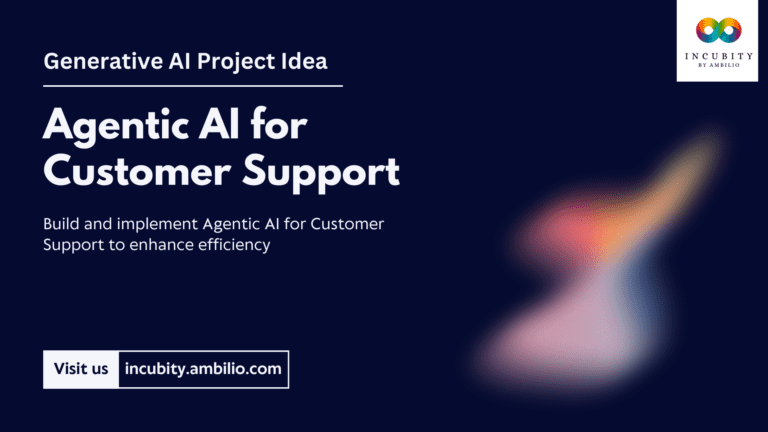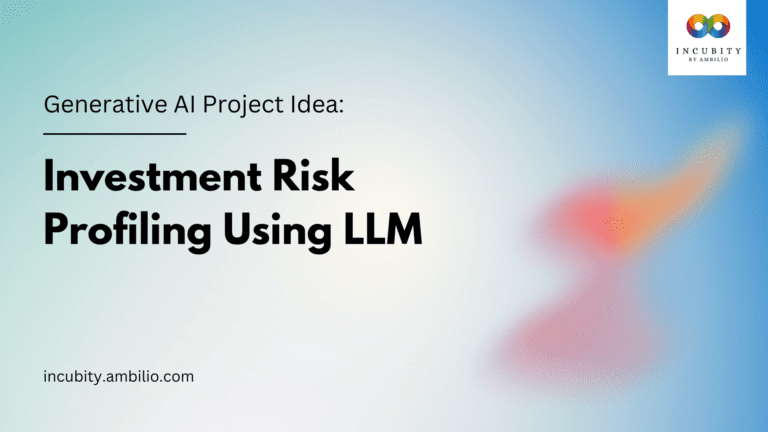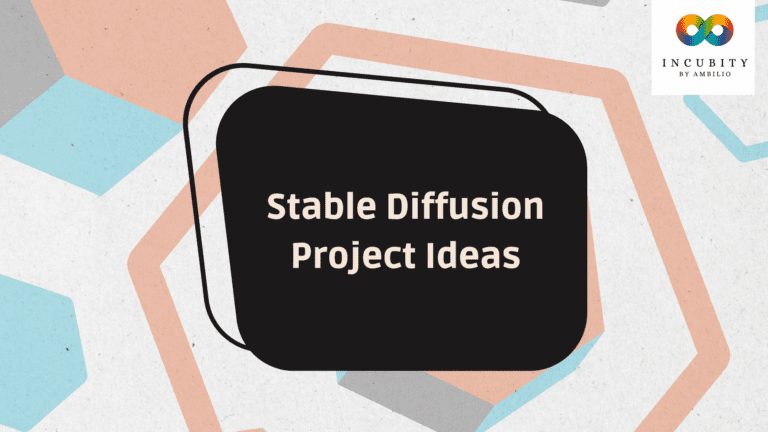Having experience working on projects in the generative AI field is incredibly valuable when starting a career in this area. Projects provide a practical, hands-on understanding of the technologies and techniques used in the field, as well as the challenges that arise in real-world scenarios. This experience demonstrates to potential employers that you have the skills and knowledge required to work effectively in the industry. Additionally, working on projects allows you to build a portfolio of work that can be shared with others and used to showcase your abilities. Overall, having project experience in generative AI can significantly increase your chances of success in this field. Here we present 10 generative AI project ideas to work on that will help you start a career in this field.
High Business Value Ideas
1. Personalized Content Generation for E-commerce
Idea: This project aims to revolutionize the online shopping experience by creating an advanced AI system that generates personalized product recommendations, descriptions, and even product images for online shoppers. These recommendations will be based on the individual’s browsing history, product preferences, and demographic information.
How: This project involves collecting user data from browsing and purchase history, wishlists, and demographics. Advanced profiling algorithms create detailed user profiles. Using NLP models like GPT-4, trained on diverse product data and fine-tuned with user profiles, personalized content is generated. Concurrently, computer vision models understand product visuals. Real-time analysis informs dynamic content generation, including recommendations, descriptions, and images. Continuous optimization, UI integration, feedback loops, privacy measures, and scalability ensure a personalized and engaging e-commerce experience.
2. Dynamic Advertising Campaigns
Idea: This project aims to revolutionize the advertising industry by developing an AI-powered platform for advertisers. The platform dynamically generates ad creatives and copies, optimizing them in real-time to suit different audience segments and platforms.
How: To create dynamic advertising campaigns, we employ machine learning algorithms that analyze user behavior and preferences across digital channels. These insights inform the automatic generation of tailored ad creatives and copies in real-time. A/B testing is conducted to identify the most effective ad variations. The system adapts content for various platforms, optimizing based on performance metrics like CTR and ROI. Continuous user feedback integration and strict data privacy compliance enhance campaign effectiveness and user engagement.
3. Dynamic Pricing Optimization
Idea: The goal of this project is to create an innovative pricing strategy optimization system that can dynamically adjust product prices in real-time based on market demand, competitor pricing, and historical data.
How: Utilize machine learning to analyze market trends, historical sales data, and competitive pricing. The system continually updates pricing models, making real-time adjustments to product prices. Predictive analytics forecasts demand, allowing proactive price changes. Competitor pricing is monitored, and pricing strategies are optimized based on performance metrics. Ethical guidelines ensure fair pricing. User feedback integration and customization options further enhance pricing accuracy and effectiveness.
4. Creative Content Generation
Idea: Build an AI platform capable of generating creative content such as articles, stories, or artwork to assist content creators and marketers.
How: Train advanced models like GPT-4 for text generation, enabling the automatic creation of engaging written content. Implement stable diffusion or DALL.E to produce visual content, such as artwork and images, that aligns with specific themes or concepts. This combination of text and visual content generation empowers content creators and marketers to efficiently produce diverse and compelling materials for various media platforms.
5. Personalized Gaming and Animation
Idea: Develop a gaming and animation engine that customizes gameplay experiences or animations according to the user’s preferences and skill level.
How: Implement reinforcement learning techniques to enable adaptable gameplay experiences and animation choices. By continuously analyzing user actions and preferences, the system can dynamically adjust game elements or animation sequences in real-time. This enhances user engagement by providing tailored and challenging experiences, making the content more immersive and enjoyable for each individual player or viewer.
6. Automated Reporting
Idea: Create an automated reporting system to streamline the generation of reports, summaries, and actionable insights from extensive datasets, significantly saving time and enhancing decision-making processes.
How: Leverage natural language processing (NLP) techniques to extract crucial insights and patterns from the data. These insights are then automatically compiled into user-friendly reports and summaries. The system ensures that complex data is presented in an understandable and visually appealing format. This not only saves time previously spent on manual reporting but also enables data-driven decision-making by providing quick access to valuable information.
7. Healthcare Diagnosis Assistance
Idea: Build an AI tool that assists healthcare professionals in diagnosing diseases by analyzing medical data, patient records, and test results.
How: Employ deep learning models on medical images, electronic health records, and patient histories to provide accurate diagnostic support.
8. Language Translation and Localization
Idea: Create a system that provides real-time, context-aware language translation and localization services, catering to businesses expanding internationally.
How: Utilize advanced neural machine translation models in conjunction with context analysis techniques to deliver precise translations that consider cultural nuances and context. This comprehensive approach ensures that translated content not only maintains linguistic accuracy but also aligns with the cultural sensitivities and preferences of the target audience. Businesses can seamlessly communicate and expand globally while preserving the integrity and effectiveness of their messaging.
9. Content Moderation and Safety
Idea: Develop an AI-driven content moderation system to actively identify and remove harmful or inappropriate content in real-time on online platforms, ensuring a safe and positive user experience.
How: Train machine learning models using extensive datasets containing labeled content, enabling the system to recognize and block harmful material effectively. This includes content containing hate speech, violence, explicit material, or other forms of harmful content. The AI system continuously analyzes and moderates user-generated content, allowing platforms to maintain a safe and welcoming environment for users while mitigating the impact of harmful content swiftly.
10. Supply Chain Optimization
Idea: Build an AI-driven supply chain management system that predicts demand, optimizes inventory, and enhances logistics efficiency.
How: Employ predictive analytics, machine learning, and data from IoT devices to construct a dynamic supply chain model. This model continuously adapts to evolving conditions, considering factors like demand fluctuations, weather, and traffic. It streamlines inventory management, reducing stockouts and overstocking. Additionally, it enhances logistics by optimizing routes and delivery schedules, ensuring efficient and responsive supply chain operations to meet customer demands effectively.
To implement these projects successfully, developers should focus on data collection, model training, continuous learning, and user feedback integration to ensure their AI systems provide real business value. Additionally, adherence to data privacy and ethical considerations is crucial in all AI projects.
Other Useful Project Ideas
Image-to-Image Translation using GANs
Image-to-image translation refers to the task of converting an input image into an output image of a different domain. For example, we can convert a daytime image into a nighttime image, or a black-and-white image into a colored image. This can be accomplished using Generative Adversarial Networks (GANs). GANs are composed of two neural networks: a generator network and a discriminator network. The generator network learns to generate images that are similar to the real images in the target domain, while the discriminator network learns to distinguish between the generated images and the real images. By training these two networks together, we can generate high-quality images that are similar to the target domain. Techniques involved include Convolutional Neural Networks (CNNs) and GANs.
3D Object Generation using Variational Autoencoders
3D object generation involves creating 3D models of objects using neural networks. Variational Autoencoders (VAEs) can be used for this task. VAEs are neural networks that can learn to encode input data into a lower-dimensional space and then decode it back into the original data. By training a VAE on a large dataset of 3D object models, we can generate new 3D object models that are similar to the ones in the training set. Techniques involved include VAEs, 3D Convolutional Neural Networks (CNNs), and Point Clouds.
Text-to-Image Synthesis using DALL-E
Text-to-image synthesis refers to the task of generating images from textual descriptions. OpenAI’s DALL-E model can be used for this task. DALL-E is a language model that can generate high-quality images from textual descriptions. By inputting a textual description into DALL-E, we can generate an image that is consistent with the description. Techniques involved include Natural Language Processing (NLP), Attention Mechanisms, and Transformer Networks.
Video Generation using VQ-VAE
Video generation involves creating realistic videos using neural networks. Vector Quantized Variational Autoencoders (VQ-VAEs) can be used for this task. VQ-VAEs are a variant of VAEs that can learn to encode input data into a lower-dimensional space using a codebook of discrete vectors. By training a VQ-VAE on a large dataset of videos, we can generate new videos that are similar to the ones in the training set. Techniques involved include VQ-VAEs, 3D Convolutional Neural Networks (CNNs), and Long Short-Term Memory (LSTM) networks.
Super-Resolution using SRGAN
Super-resolution refers to the task of increasing the resolution of an image. Super-Resolution Generative Adversarial Networks (SRGANs) can be used for this task. SRGANs are composed of a generator network and a discriminator network. The generator network learns to generate high-resolution images from low-resolution input images, while the discriminator network learns to distinguish between the generated images and the real high-resolution images. By training these two networks together, we can generate high-quality, high-resolution images. Techniques involved include CNNs and GANs.
Audio Synthesis using WaveNet
Audio synthesis involves creating realistic audio using neural networks. WaveNet can be used for this task. WaveNet is a generative model for audio that uses dilated convolutional layers to capture long-term dependencies in the audio signals. By training a WaveNet on a large dataset of audio signals, we can generate new audio that is similar to the ones in the training set. Techniques involved include CNNs, Dilated Convolutional Neural Networks, and Autoregressive Models.
Text Generation using GPT
Text generation refers to the task of generating human-like text using neural networks. Generative Pre-trained Transformer (GPT) can be used for this task. GPT is a transformer-based language model that can generate text that is coherent and semantically meaningful. By fine-tuning a GPT model on a large dataset of text, we can generate new text that is similar to the ones in the training set. Techniques involved include NLP, Attention Mechanisms, and Transformer Networks.
Stable Diffusion for Image Denoising
Stable diffusion refers to a class of image denoising techniques that use partial differential equations (PDEs) to remove noise from images. The technique involves introducing noise into the image and then gradually removing the noise by solving a diffusion equation. The resulting image is a denoised version of the original image. Stable diffusion can be used for various image denoising tasks, including image inpainting and super-resolution. Techniques involved include PDEs, Image Processing, and Numerical Methods.
Neural Style Transfer using CycleGAN
Neural Style Transfer refers to the task of transferring the style of one image onto another image. CycleGAN can be used for this task. CycleGAN is a type of GAN that can learn to map images from one domain to another domain. By training a CycleGAN on a large dataset of images, we can transfer the style of one image onto another image. Techniques involved include CNNs, GANs, and Cycle Consistency Loss.
Image Captioning using Transformer Networks
Image captioning refers to the task of generating textual descriptions of images. Transformer Networks can be used for this task. Transformer Networks are a type of neural network that can learn to process sequential data, such as text and images. By training a Transformer Network on a large dataset of images and their corresponding captions, we can generate textual descriptions of new images. Techniques involved include CNNs, Attention Mechanisms, and Transformer Networks.

